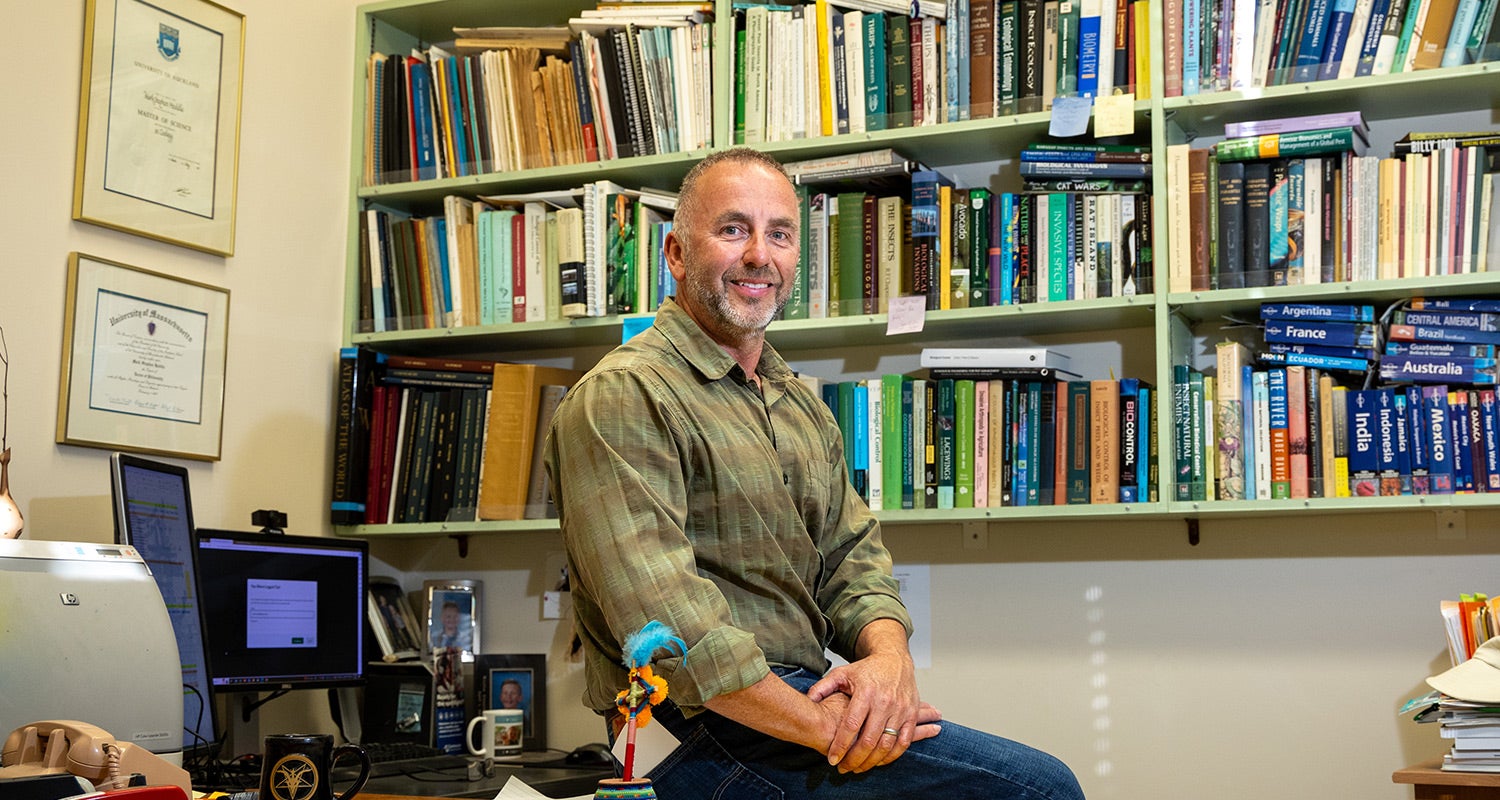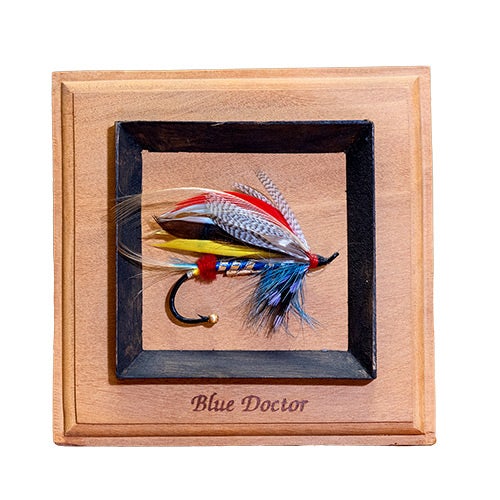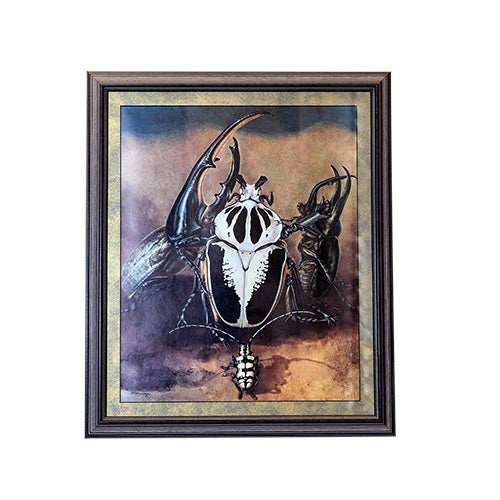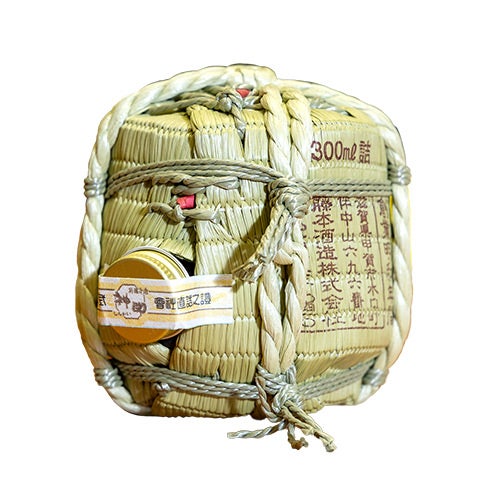OFFICE HOURS
Entomology’s Indiana Jones
Mark Hoddle travels the world to find and unleash the natural enemies of agricultural pests
By Jules Bernstein | Photos by Stan Lim
T here is a curious buzz in Mark Hoddle’s office. It is a figurative buzz, because of Hoddle’s enthusiasm for controlling damaging pests with their natural insect enemies. But the buzz, at least today, is also literal. The sound is coming from long-nosed black palm weevils, flying in circles while tethered to an insect merry-go-round of sorts. The contraption is designed to test how far weevils can fly before they get tired.
“They are remarkably strong fliers,” Hoddle said. “On average, they can go about 25 miles in a day — 90 miles if they’re feeling frisky.”
Given how far and how fast they can travel, there are fears they’ll attack and kill the iconic palm trees throughout Southern California and wreck date crops in the Coachella Valley. So far, they’ve been mostly confined to San Diego County, where they’ve already destroyed tens of thousands of palms. In his role as director of UC Riverside’s Center for Invasive Species Research, Hoddle is one of the people best qualified to keep the weevil threat at bay.
Working with insects is something Hoddle has always wanted to do. Growing up in New Zealand, he’d design houses out of toilet paper rolls for giant flightless grasshoppers called weta, and delight in figuring out their favorite foods. Then in college, he read about a lake in Papua New Guinea choking with an invasive water weed. By introducing a weevil that feasts on the weed, scientists eliminated the plant hazard.
“Their work made it so people could use the lake again safely, and it reduced people’s exposure to mosquito-borne diseases. That was mind blowing! And it was a turning point for me,” Hoddle said.
During his undergraduate studies, Hoddle spent five years training in the New Zealand Army Reserves as an engineer. There he learned practical skills, like how to use chainsaws, lay explosives, clear booby traps and mines, lay lines for freshwater supplies, and build floating pontoon bridges.
“These are the skills that now help me trap insects in remote locations around the world,” Hoddle said. “I got used to pushing my way through prickly plants, having to be up to my waist in water, lying in cold mud when it was pouring with rain, tramping around all day digging holes, and looking for stuff with all my gear on. Doing this when looking for bugs isn’t as big a deal for me because of the training I had.”
The hunt for Hoddle’s holy grail — a solution to weevil invasions — has taken him and his entomologist wife Christina to Thailand, Vietnam, Cambodia, the Philippines, Indonesia, and Mexico. Previously, the pair traveled to Pakistan, working for up to three months at a time searching for an enemy of the Asian citrus psyllid, a citrus killer. Psyllid numbers have since been reduced by more than 70% in California because of a highly effective natural enemy they found.
Hoddle’s Ph.D. pedigree and affinity for adventures in rough, foreign terrain have garnered him frequent comparisons to famed, fictional archaeology professor Indiana Jones. The incredible collection of artifacts from a wide variety of cultures in his office at UCR — carved wooden ceremonial masks, insect artwork, an ornate sake bottle — only enhances the sense you’re in an adventurer’s temple.
Return to UCR Magazine: Winter 2024




